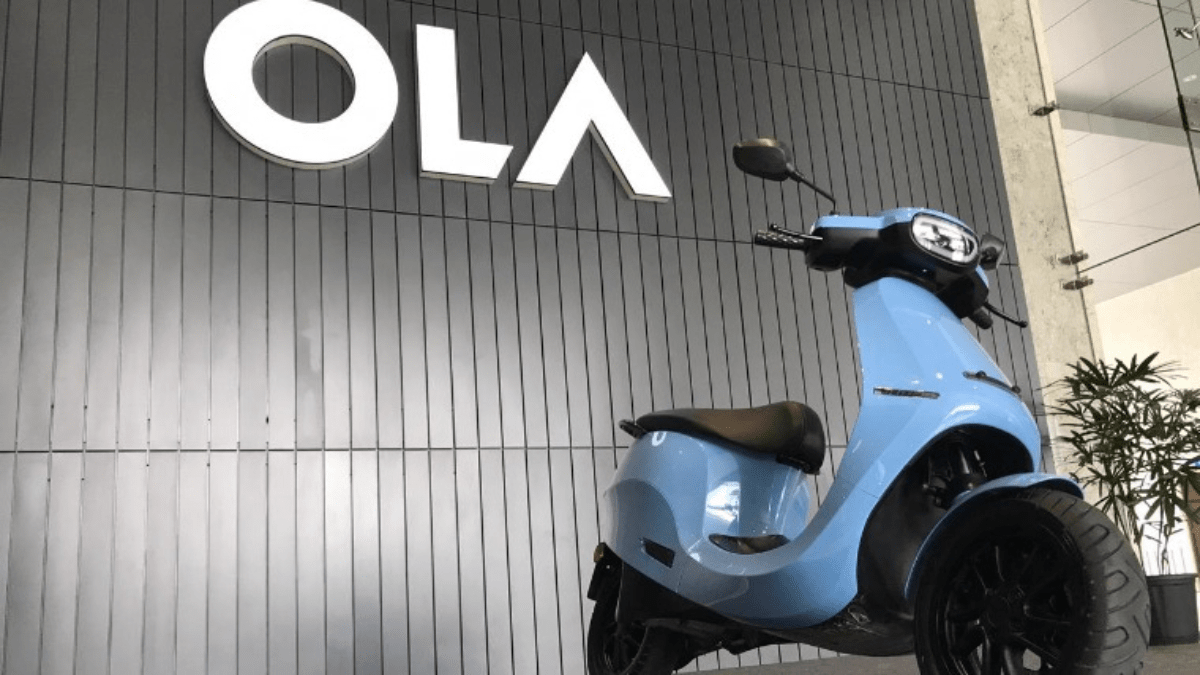At Business Today’s ‘India at 100’ event, Ola CEO Bhavish Aggarwal shared the story of his journey with the company and his bold vision for its future. During a conversation with Sourav Majumdar, Editor of Business Today, and Aayush Ailawadi, Technology Editor, he affectionately referred to Ola Cabs as his “pehla pyaar” (first love). He reminisced about how the company started as a simple ride-hailing service and has now expanded into a diverse group of businesses, including Ola Consumer (formerly Ola Cabs), Ola Electric, and their latest venture, Krutrim AI.
When discussing how these ventures will work together, Aggarwal emphasized that Ola is no longer just about ride-hailing. It’s now a group of companies, each with its own unique vision. While he remains emotionally attached to Ola Cabs, he explained that the company’s growth naturally led to the creation of new ventures like Ola Electric, which aims to make India a global leader in the electric vehicle (EV) industry.
Now that Ola is a publicly traded company, Aggarwal acknowledged the increased responsibility that comes with handling public money. “We are dealing with the hard-earned money of the common man in India,” he said, underscoring the need to be extra careful in making decisions that deliver long-term value. This new responsibility has made him more mindful of balancing immediate performance with long-term strategic goals.
Aggarwal also outlined his ambitious vision for Ola Electric, aiming to make it a company that serves a global market, unlike Tesla, which he believes caters mainly to the wealthy in the West. “Tesla builds for 1 billion rich people,” Aggarwal stated, emphasizing that Ola Electric is building for the rest of the world. He reiterated his commitment to establishing India as a global powerhouse in the EV sector.
Beyond electric vehicles, Aggarwal spoke about Ola’s new venture, Krutrim, which focuses on developing advanced AI technology in India. He highlighted the vast potential in the $30 trillion global tech industry but also expressed concern about the risks of data exploitation. “We generate 20 percent of the world’s data, but only 10 percent of it stays in India,” he pointed out, comparing the current trend of exporting raw data and buying back processed insights to the colonial exploitation of India’s natural resources.


